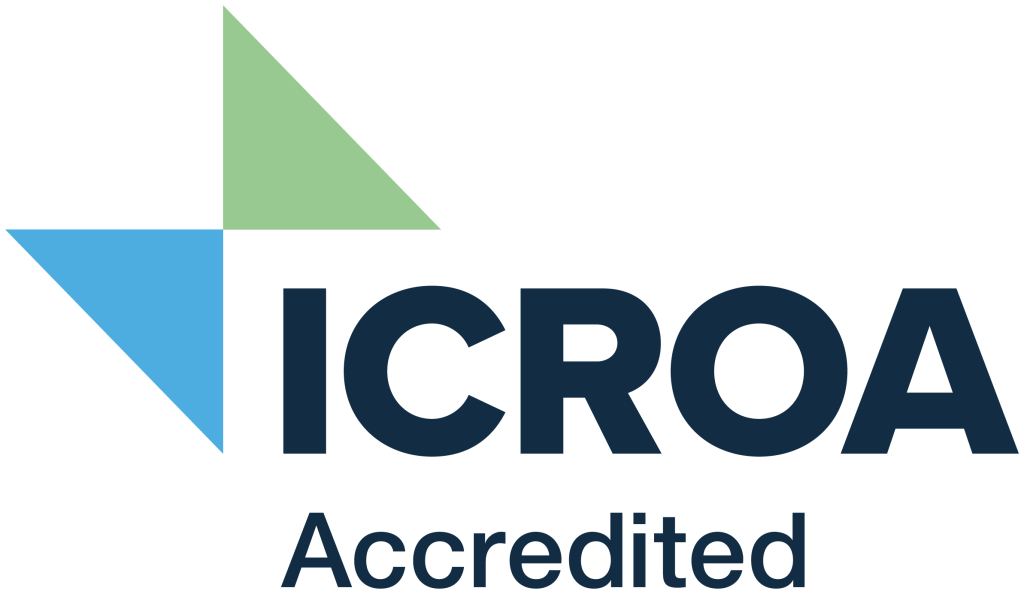City Forest Credits is the national standard for greenhouse gas emission reduction and removal for tree projects in cities and towns. Developed by leading scientists, industry, and urban forest professionals, the Standard and Protocols define the set of rules and requirements that tree planting or preservation projects must follow in order to earn third-party verified carbon credits.
CFC Program
Tree Preservation
- Preservation Protocol – 40 years
- Preservation Protocol – 100 years
- Preservation Protocol – Appendices
- Preservation Protocol – Summary
- Common Practice Analysis – White Paper
Afforestation and Reforestation
- Afforestation and Reforestation Protocol – 26 years
- Afforestation and Reforestation Protocol – Appendices
- Afforestation and Reforestation Protocol – Summary
Previous versions of the Standard and Protocols can be found here.
As an urban forest scientist, I led the quantification of carbon in the Air Resources Board protocol in 2011 and a second attempt at a protocol at the Climate Action Reserve in 2013. I've been proud to contribute to the quantification work of City Forest Credits and see it result in carbon projects in multiple cities.
—Dr. Greg McPherson, Retired Senior ScientistU.S. Forest Service
National Experts
An experienced protocol drafting group included top scientists and stakeholders from diverse subject fields. Members expertise represented city climate programs, watershed management, arborists, utilities, and land trusts. All members served voluntarily and without compensation to further the advancement of the public resource of urban forests.
Zach Baumer
City of Austin Climate Program ManagerRich Dolesh
National Recreation and Park Association Vice President Conservation and ParksIan Leahy
American Forests Vice President of Urban ForestryScott Maco
Davey Institute Director of Research and DevelopmentJenny McGarvey
Alliance for Chesapeake Bay Forest Programs ManagerGreg McPherson
U.S. Forest Service Research ScientistMark McPherson
City Forest Credits Executive DirectorDarren Morgan
Seattle Department of Transportation ManagerWalter Passmore
City of Palo Alto City ForesterShannon Ramsay
Trees Forever Founding President and CEOHeather Sage
Pittsburgh Park Conservancy Director of Community ProjectsMisha Sarkovich
Sacramento Municipal Utility District Customer SolutionsSkip Swenson
Forterra Vice President Policy and ProgrammingAndy Trotter
West Coast Arborists Vice President of Field OperationsStandard and Protocol Development Process
Continuous improvementThe CFC Standard and Protocols are updated periodically to reflect the latest available science and best practices. Public stakeholder input is a vital part of the revision process. The Standard sets out the public comment process. Find out how you can provide feedback during the public comment period by checking out announcements at CFC News or contact us to receive email updates.
Below is a list of previous versions of documents.
- Preservation Protocol
- Afforestation and Reforestation Protocol (formerly Tree Planting Protocol)
Validation and Verification
Independent assessmentIndependent verification of carbon projects ensures the integrity and quality of voluntary greenhouse gas mitigation and removal programs. Third-party verifiers, also known as validation/verification bodies (VVBs), verify that carbon projects meet the rules and requirements in the protocols and that quantification is accurate. All VVBs must be qualified and approved.
Our urban forests are where most of us live, work and play—an essential public resource. I founded Trees Forever, a regional nonprofit based in Iowa over 30 years ago. I was excited by the US Forest Service research on developing a rigorous carbon protocol for urban forestry. I was honored to join the other drafting group members to develop a quality national standard for carbon crediting. Thanks to City Forest Credits for its leadership.
—Shannon Ramsay, Founding President and CEOTrees Forever
Secure Credit Registry
Issuing and tracking carbon creditsWe adhere to the industry standards for carbon registries. Our role is to approve projects, ensure they follow the protocols, and issue and track credits.
City Forest Carbon+ Credits™ are issued under a unique ID and serial number in a registry database. We issue ex-post credits to preservation projects that are preserving at-risk forested stands. With numerous safeguards, we issue ex-ante credits to planting projects that convert to ex-post credits after final quantification, validation, and verification. Learn more about the timing of credits here.
Initiate a Carbon Project
What you need to know to get startedUrban forest leaders never have enough money to grow and care for city trees. Carbon credits may provide a new source of revenue to fill the gaps.
Location is key. Projects must be located in one or more of the following areas listed below, to qualify. Additionally, we offer a searchable urban area eligibility story map, here.
- Urban area per U.S. Census Bureau maps
- Incorporated or unincorporated city or town
- Planning area for a regional metropolitan planning agency or entity
- Within the boundary of municipally-owned sourcewater or watershed zones
- For Planting Projects Only: Within the boundary of transportation or utility rights of way
We provide overviews that describe details on eligibility, requirements, and project design recommendations.
Carbon Afforestation/Reforestation (Tree Planting) Project Document Templates



